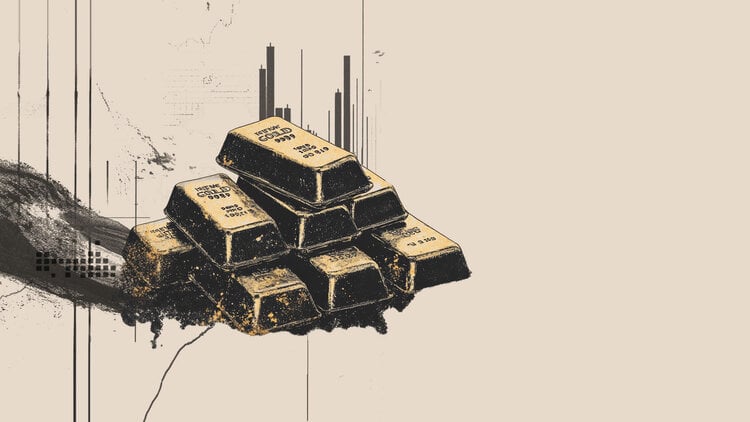- Gold price loses momentum to around $3,330 in Tuesday’s Asian session.
- Trump unveiled new tariff rates, still open to additional trade negotiations.
- The downside for yellow metal might be limited as central banks worldwide continue to buy gold.
The Gold price ( XAU/USD) trades in negative territory near $3,330 during the Asian trading hours on Tuesday, pressured by a firmer US Dollar (USD). The precious metal edges lower on easing trade tension after US President Donald Trump announced an extension to the upcoming tariff deadline and suggested that he was still open to additional negotiations.
Market concerns eased after Trump hinted at the possibility of an additional trade deal and delays of the tariff deadline. Trump further stated that the August 1 deadline was “not 100% firm,” signaling he remained open to continuing to tweak the rates. Optimism surrounding Trump’s tariff policies lifts the Greenback and weighs on the USD-denominated commodities price, as a firmer USD makes Gold more expensive for foreign buyers.
Gold traders will closely monitor further announcements in the White House’s trade negotiations. Any signs of renewed trade tensions and fears of a global trade war could boost the safe-haven flows, benefiting the Gold price.
Furthermore, rising major central banks’ gold buying might contribute to the yellow metal’s upside. According to a new report from the World Gold Council (WGC), global central banks have picked up on buying gold in May compared to other months. China’s central bank also added gold to its reserves in June for the eighth month in a row, official data from the People’s Bank of China (PBOC) showed on Monday.
“The PBoC in particular has been diversifying foreign exchange reserves substantially and an uptick in uncertainty and geopolitical risk may speed up the process,” said Zain Vawda, analyst at MarketPulse by OANDA.
Gold FAQs
Gold has played a key role in human’s history as it has been widely used as a store of value and medium of exchange. Currently, apart from its shine and usage for jewelry, the precious metal is widely seen as a safe-haven asset, meaning that it is considered a good investment during turbulent times. Gold is also widely seen as a hedge against inflation and against depreciating currencies as it doesn’t rely on any specific issuer or government.
Central banks are the biggest Gold holders. In their aim to support their currencies in turbulent times, central banks tend to diversify their reserves and buy Gold to improve the perceived strength of the economy and the currency. High Gold reserves can be a source of trust for a country’s solvency. Central banks added 1,136 tonnes of Gold worth around $70 billion to their reserves in 2022, according to data from the World Gold Council. This is the highest yearly purchase since records began. Central banks from emerging economies such as China, India and Turkey are quickly increasing their Gold reserves.
Gold has an inverse correlation with the US Dollar and US Treasuries, which are both major reserve and safe-haven assets. When the Dollar depreciates, Gold tends to rise, enabling investors and central banks to diversify their assets in turbulent times. Gold is also inversely correlated with risk assets. A rally in the stock market tends to weaken Gold price, while sell-offs in riskier markets tend to favor the precious metal.
The price can move due to a wide range of factors. Geopolitical instability or fears of a deep recession can quickly make Gold price escalate due to its safe-haven status. As a yield-less asset, Gold tends to rise with lower interest rates, while higher cost of money usually weighs down on the yellow metal. Still, most moves depend on how the US Dollar (USD) behaves as the asset is priced in dollars (XAU/USD). A strong Dollar tends to keep the price of Gold controlled, whereas a weaker Dollar is likely to push Gold prices up.

